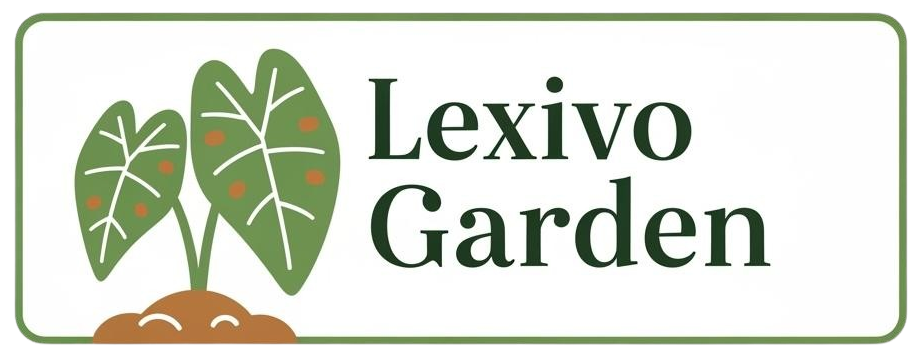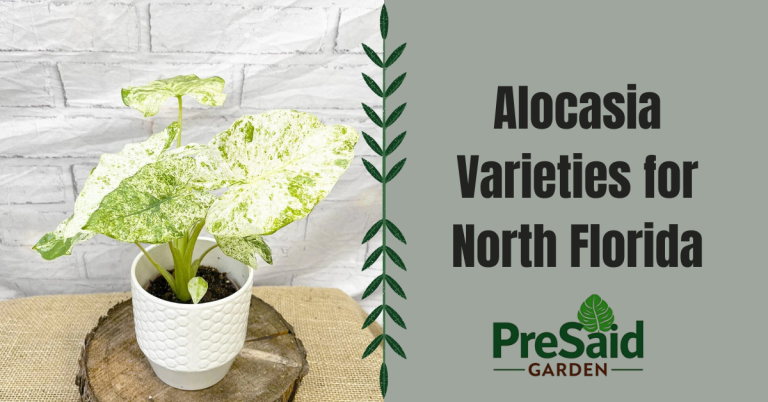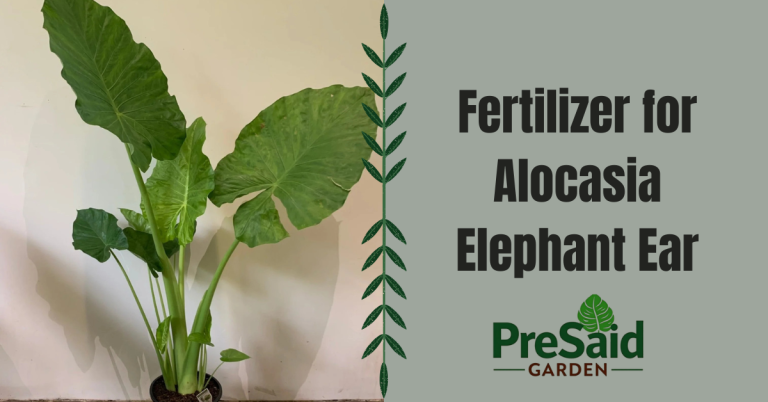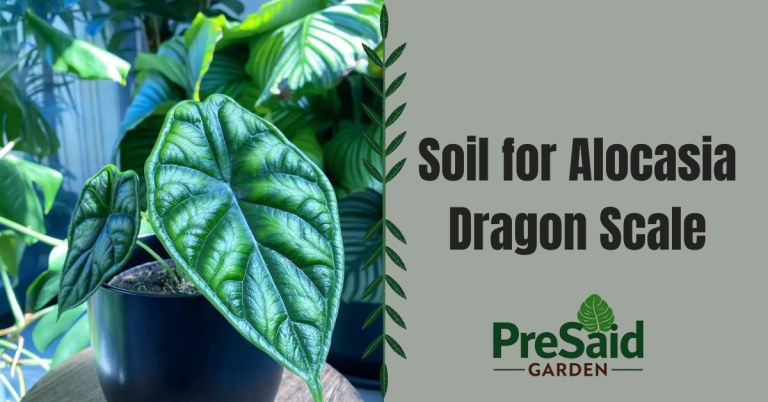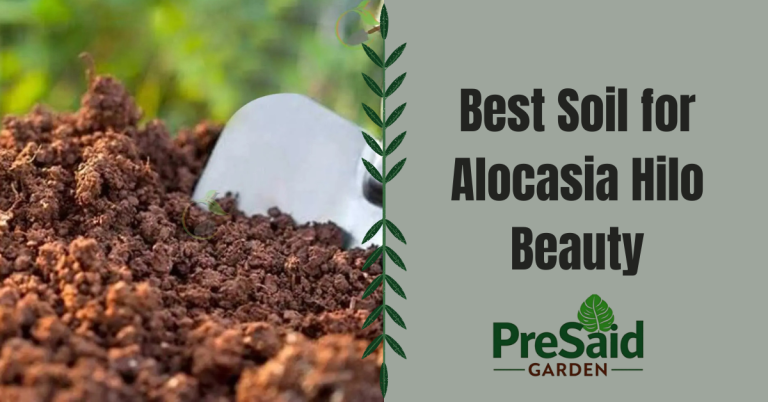Best Soil for Alocasia Silver Dragon: Ultimate Guide for Thriving Plants

If you’ve brought home an Alocasia Silver Dragon, you’re likely enchanted by its striking, silver-veined leaves that bring an exotic flair to any space. But as gorgeous as these plants are, they can be a bit picky about their soil needs. After more than a decade of growing and studying Alocasia varieties, I’ve found that giving these beauties the right soil is a game-changer for their health, growth, and overall vibrance.
In this guide, I’ll walk you through every detail of what makes the best soil for Alocasia Silver Dragon, based on my experience right here in Portland, Oregon, where I care for and cultivate Alocasia plants. With a few essential tips, you can create the perfect soil blend that mimics the plant’s natural tropical habitat, setting you up for success and a thriving Silver Dragon.
Shop Essentials for Your Alocasia: Need plant pots, high-quality soil mixes, or pruning tools? Check out our shop at Lexivo Garden for products specifically curated for Alocasia care.
Why Alocasia Silver Dragon Needs Special Soil
Alocasia Silver Dragon, a tropical rainforest plant, naturally grows in well-draining, loose soils that retain some moisture but never get soggy. Achieving this balance is crucial because overly wet soil can lead to root rot, a common killer of Alocasias. The best soil for Alocasia Silver Dragon should be lightweight, aerated, and capable of holding moisture without retaining excess water.
Key Characteristics of the Best Soil for Alocasia Silver Dragon
1. Drainage – Absolutely Essential
- Good drainage is critical. A well-draining mix prevents water from sitting around the roots, which reduces the risk of root rot.
- Adding materials like perlite or pumice increases drainage by preventing soil compaction.
2. Moisture Retention – Hold, Don’t Drown
- Alocasia roots love slightly moist conditions but can’t tolerate a waterlogged environment. Coco coir or sphagnum moss can retain just enough moisture without holding onto too much water.
3. Aeration – Allow Roots to Breathe
- The soil must be aerated so roots can easily spread and take up nutrients. A mix that includes bark or chunky perlite creates pockets of air, ensuring the roots stay healthy.
4. Nutrient-Rich – Support Growth
- To support the unique foliage of Alocasia Silver Dragon, use a nutrient-rich mix. Incorporating compost or worm castings offers natural fertilization.
Recommended Soil Mix Recipe for Alocasia Silver Dragon
After testing various combinations, here’s a soil mix that has proven successful for my Alocasia Silver Dragon:
- 1 Part Coco Coir or Peat Moss: Provides moisture retention.
- 1 Part Orchid Bark: Enhances aeration and mimics forest floor conditions.
- 1 Part Perlite or Pumice: Improves drainage.
- 1/4 Part Worm Castings: Adds nutrients to promote leaf health and growth.
This blend provides the perfect balance of moisture, aeration, and drainage.
Step-by-Step Guide: How to Pot Your Alocasia Silver Dragon in the Right Soil

- Prepare the Soil Mix: Combine coco coir, orchid bark, perlite, and worm castings in a clean container.
- Choose a Pot with Drainage Holes: Alocasias are sensitive to standing water, so a pot with proper drainage is essential.
- Layer the Soil: Place a small amount of your mix at the bottom, then position your Alocasia in the pot. Fill the pot with soil, leaving a bit of space at the top for easy watering.
- Water Lightly After Potting: Give it a gentle drink to settle the soil around the roots.
Alocasia Silver Dragon Soil Care Table
To make it even easier, here’s a quick-reference table on the soil needs and care for your Alocasia Silver Dragon:
| Aspect | Details |
|---|---|
| Ideal Soil Type | Well-draining, aerated, and moisture-retentive |
| Drainage | Essential – Use perlite or pumice |
| Moisture Level | Keep soil slightly moist, avoid sogginess |
| Best Additives | Coco coir/peat moss (moisture), orchid bark (aeration), worm castings (nutrition) |
| Repotting Frequency | Every 1-2 years, or when roots outgrow the pot |
| Watering | Water when the top inch is dry |
| Temperature | 65-75°F, avoiding sudden cold drafts |
Adjusting Soil Mix Based on Season and Location
In areas with fluctuating humidity levels, like many parts of the U.S., you might need to adjust your soil mix seasonally. Here in Oregon, I’ve noticed that during winter, it’s best to use less water-retentive materials as the cold slows evaporation. In contrast, summer may call for a bit more moisture retention, especially if indoor air gets dry due to air conditioning.
Best Practices for Soil Maintenance
- Regularly Check Soil pH: Alocasias prefer a slightly acidic to neutral pH (5.5 to 7). Using acidic ingredients like coco coir helps maintain this range.
- Replace Soil Annually: Over time, the soil’s nutrients deplete, so it’s helpful to repot annually with fresh mix.
- Add Fertilizer Carefully: Incorporate a slow-release fertilizer or use diluted liquid fertilizer during the growing season.
Common Soil Problems with Alocasia Silver Dragon (and Solutions)
1. Soil Stays Wet Too Long: If you find that the soil remains wet for days after watering, add extra perlite or pumice to improve drainage. Make sure the pot has drainage holes.
2. Soil Dries Out Too Quickly: If the soil feels dry every day, add a bit more coco coir or peat moss, especially in warmer months.
3. Root Rot: Unfortunately, Alocasias are prone to root rot if left in waterlogged soil. Avoid overwatering, ensure proper drainage, and replant with fresh soil if you notice any signs of root rot.
Frequently Asked Questions (FAQs)
Q: Can I use regular potting soil for my Alocasia Silver Dragon?
A: Regular potting soil is often too dense and doesn’t drain well for Alocasia Silver Dragon. Adding perlite or orchid bark can help, but a custom mix tailored to this plant is best.
Q: How often should I water my Alocasia Silver Dragon?
A: Water when the top inch of soil feels dry. In my experience, that’s usually every week or so, but it depends on your home’s humidity and temperature.
Q: Should I use fertilizer in the soil mix?
A: Adding worm castings can help, but it’s best to use a balanced liquid fertilizer monthly during the growing season for Alocasias.
Q: What if I see yellowing leaves?
A: Yellow leaves can be a sign of overwatering or root issues. Check your soil’s moisture and ensure it isn’t too wet.
Q: How often should I repot my Alocasia Silver Dragon?
A: Every 1-2 years or when you see roots poking out from the drainage holes. Fresh soil prevents compaction and nutrient loss.
By following these guidelines and using the best soil for Alocasia Silver Dragon, you’ll enjoy a plant that thrives and showcases its unique, silver-green foliage. Remember, each plant is unique, so monitor your Alocasia and adjust its care as needed. If you need any tools, fertilizers, or high-quality pots to support your plant’s needs, visit Lexivo Garden’s Shop.
